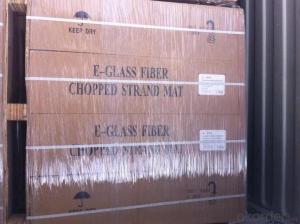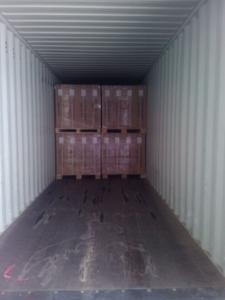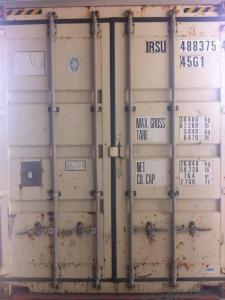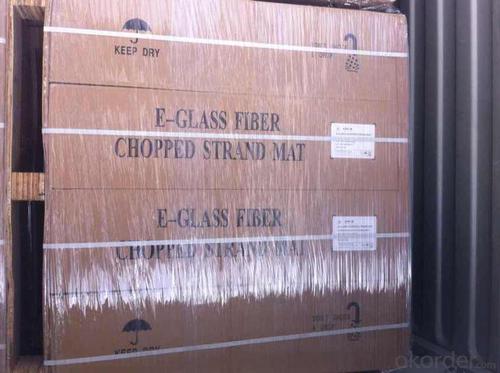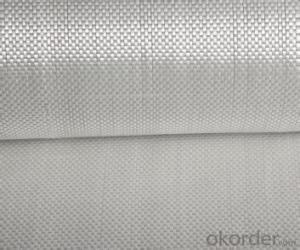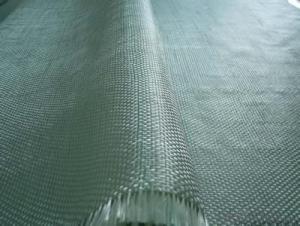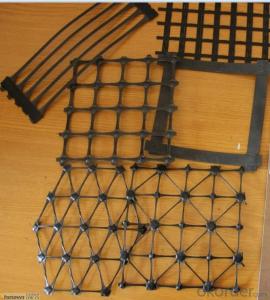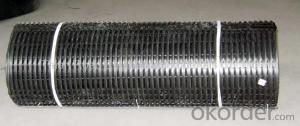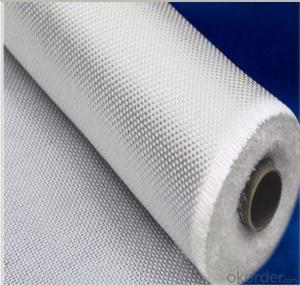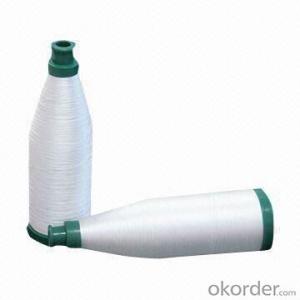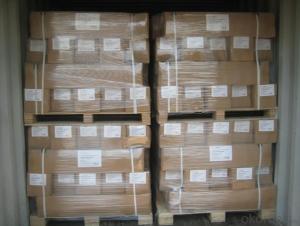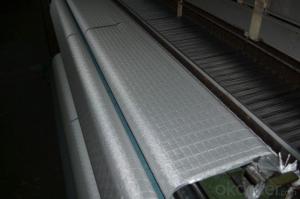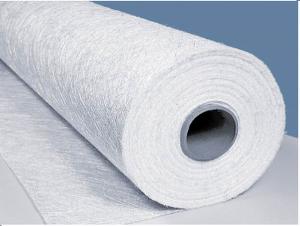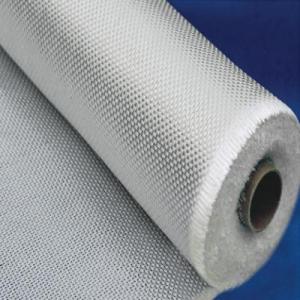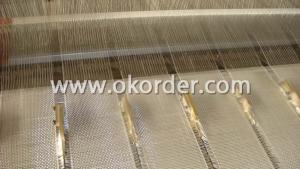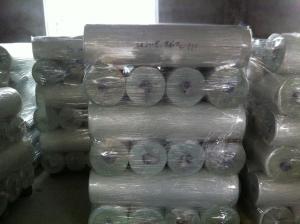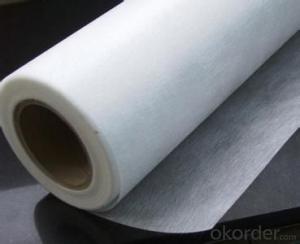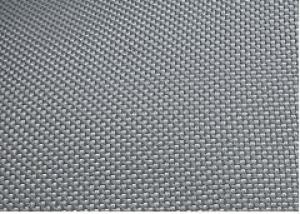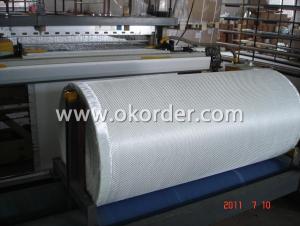Fiberglass Fabrics - E-Glass CSM 450gsm 1040 Width Best Price
- Loading Port:
- China Main Port
- Payment Terms:
- TT or LC
- Min Order Qty:
- 2000 kg
- Supply Capability:
- -
OKorder Service Pledge
OKorder Financial Service
You Might Also Like
Product Description
1.E-glass CSM 450gsm is made of randomly dispersed strands with power or emulsion bonded.
2.Applicable for hand lay-up ,continuous lamination process. Compatible with UP,VE.
3.Suitable for transparent panels,ship bodies,automobile parts and interior decorations ,etc.
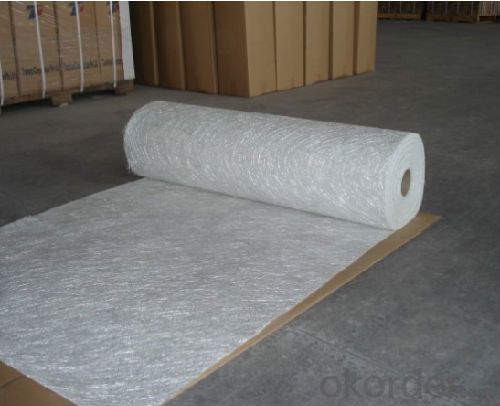
Specifications:
E,C Specification | Weight g/m | Breaking strength N/150mm | Speed of impregnations | Package Weight (kg) |
E-MC100 | 100 | 30 | 60 | 20 |
E-MC200 | 200 | 30 | 180 | 30 |
E-MC350 | 300 | 43 | 180 | 30 |
E-MC450 | 450 | 60 | 180 | 30 |
E-MC600 | 600 | 80 | 180 | 30 |
Characteristics
1.Consistent thickness and stiffness.
2.Rapid impregnating and good compatibility with resin.
3.Superior wet through with less air trap.
4.Good mechanical properties and high strength of parts.
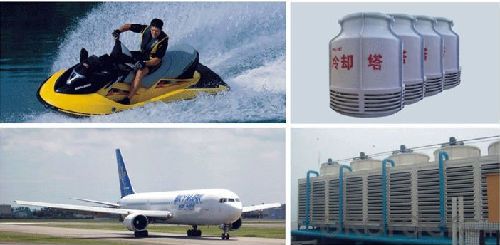 Packaging&Storage
Packaging&Storage
Each roll is packed by polyester bag,and then put into a cardboard box or plastic wowen bag.The weight of each roll is between 20 to 85 Kg, The rolls are to be horizontally placed and could be in bulk or on pallet.Optimum storage conditions are between the temperature of 5~35℃ and with the humidity between 35%~65%.The product should be used within 12 months from the time of delivery and remain in theiroriginal packaging until just prior to use.
FAQ:
1.What is the delivery time ?
15days after receiving the deposit
2.Are you a trading company or factory.
We are factory,and we have more than 10 years of experience.
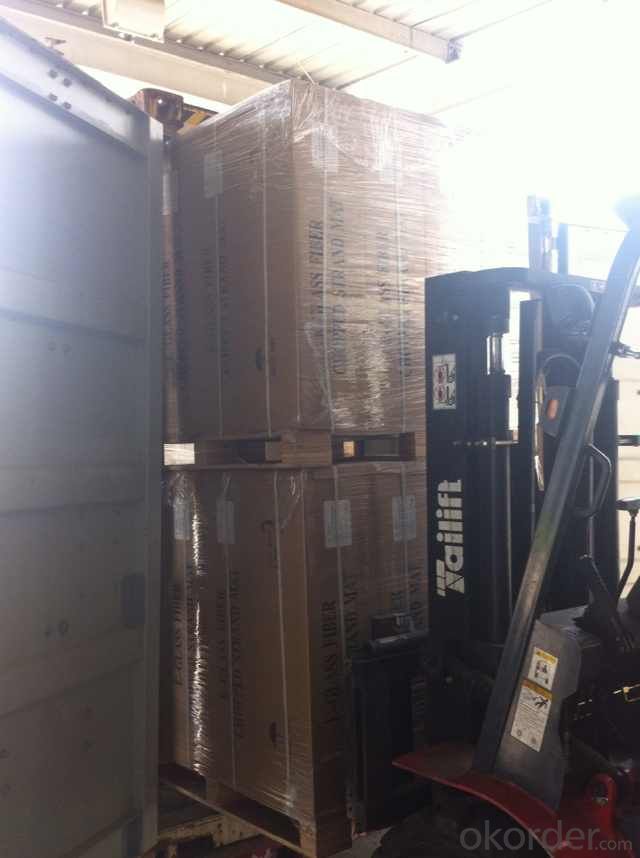
- Q: Can fiberglass fabrics be used for insulation in automotive engines?
- Yes, fiberglass fabrics can be used for insulation in automotive engines. Fiberglass fabrics are known for their excellent thermal insulation properties, making them suitable for applications where heat needs to be controlled or managed, such as in automotive engines. These fabrics are able to withstand high temperatures without degrading or losing their insulating properties. They can be used to cover engine components, pipes, or other areas where heat transfer needs to be minimized. In addition to thermal insulation, fiberglass fabrics also offer other benefits, such as being lightweight, flexible, and resistant to chemicals and fire. However, it is important to ensure proper installation and compatibility with the specific engine requirements to maximize the effectiveness and safety of fiberglass fabric insulation in automotive engines.
- Q: Are fiberglass fabrics resistant to oil or grease?
- Fiberglass fabrics, in general, possess resistance to oil and grease due to their non-absorbent nature and lack of reaction with these substances. Moreover, they frequently undergo treatment with a chemical finish or coating to further enhance their resistance against a range of substances, including oil and grease. Nevertheless, it is crucial to acknowledge that the degree of resistance can differ depending on the precise type and quality of the fiberglass fabric. Thus, it is advisable to review the manufacturer's specifications or seek guidance from a professional to ensure the fabric's compatibility with oil or grease in particular applications.
- Q: How is fiberglass fabric used in the military industry?
- Due to its exceptional properties, fiberglass fabric is widely used in the military industry. One of its primary applications is in protective equipment and armor, such as bulletproof vests, helmets, and body armor. This lightweight yet strong material provides excellent ballistic resistance to soldiers. Fiberglass fabric also plays a crucial role in reinforcing and strengthening military vehicles and aircraft. It is commonly used to reinforce armored vehicles like tanks and personnel carriers, making them more resistant to explosions and other hostile actions. Its high tensile strength and durability make it an ideal choice for this purpose. In addition, fiberglass fabric is utilized in the construction of military tents and shelters. Its lightweight nature, durability, and resistance to extreme weather conditions ensure the protection and comfort of military personnel in the field. Moreover, fiberglass fabric is employed in manufacturing communication and radar equipment enclosures. Its electromagnetic transparency allows for efficient signal transmission and reception without compromising the safety or functionality of the equipment. This is particularly crucial in military operations where reliable and secure communication is of utmost importance. In summary, fiberglass fabric is extensively used in the military industry for various purposes, including protective equipment, vehicle reinforcement, tent construction, and communication equipment enclosures. Its unique properties enhance the safety, durability, and effectiveness of military personnel and equipment in combat situations.
- Q: Can fiberglass fabric be used for filtration applications?
- Indeed, filtration applications can make use of fiberglass fabric. Its utilization is prevalent in filtration systems owing to its impressive attributes of robustness, longevity, and chemical resistance. This fabric effectively eradicates particles, impurities, and pollutants from not only air, but also water and other fluids. The dense weaving of fiberglass fabric permits proficient filtration without hindering the smooth flow of air. Furthermore, the maintenance and cleansing of fiberglass fabric pose no difficulty, rendering it suitable for a wide range of filtration applications including air filters, water filters, oil filters, and industrial filtration systems.
- Q: Can fiberglass fabrics be used for reinforcement in 3D-printed objects?
- Yes, fiberglass fabrics can be used for reinforcement in 3D-printed objects. The fiberglass fabric can be embedded in the printing material to enhance the strength and durability of the finished object.
- Q: Is fiberglass fabric resistant to rodents?
- Yes, fiberglass fabric is generally resistant to rodents. Its composition and texture make it unattractive and difficult for rodents to chew through or nest in.
- Q: How does fiberglass fabric perform in thermal expansion?
- Fiberglass fabric exhibits satisfactory performance in terms of thermal expansion. Its composition of interwoven glass fibers results in a minimal coefficient of thermal expansion (CTE), causing it to expand and contract at a negligible rate when exposed to temperature changes. This attribute renders it highly suitable for applications that require dimensional stability, including composite materials, insulation, and thermal protection systems. The low CTE of fiberglass fabric effectively prevents warping, distortion, and cracking that may occur in materials with higher rates of thermal expansion. Furthermore, the fabric's capacity to endure high temperatures without significant expansion further enhances its efficacy in thermal expansion applications. All in all, the fabric's low CTE contributes to its versatility and dependability in diverse industries, establishing it as the preferred choice for applications sensitive to thermal expansion.
- Q: Can fiberglass fabric be used for reinforcement in wind turbine towers?
- Yes, fiberglass fabric can be used for reinforcement in wind turbine towers. It is commonly used due to its high strength-to-weight ratio, durability, and resistance to corrosion. Additionally, fiberglass fabric can be easily molded and formed to suit the specific design requirements of wind turbine towers.
- Q: Can fiberglass fabric be used for insulation in renewable energy projects?
- Yes, fiberglass fabric can be used for insulation in renewable energy projects. It is a common material used for thermal insulation in various applications, including renewable energy systems such as solar panels and wind turbines. Fiberglass fabric has excellent thermal resistance properties, low thermal conductivity, and is resistant to moisture and corrosion, making it a suitable choice for insulating renewable energy projects.
- Q: Glass steel can be embedded parts
- The embedded pre made for shape paste fixed, glass steel products produced last procedure to do embedded parts can.
Send your message to us
Fiberglass Fabrics - E-Glass CSM 450gsm 1040 Width Best Price
- Loading Port:
- China Main Port
- Payment Terms:
- TT or LC
- Min Order Qty:
- 2000 kg
- Supply Capability:
- -
OKorder Service Pledge
OKorder Financial Service
Similar products
Hot products
Hot Searches
Related keywords
